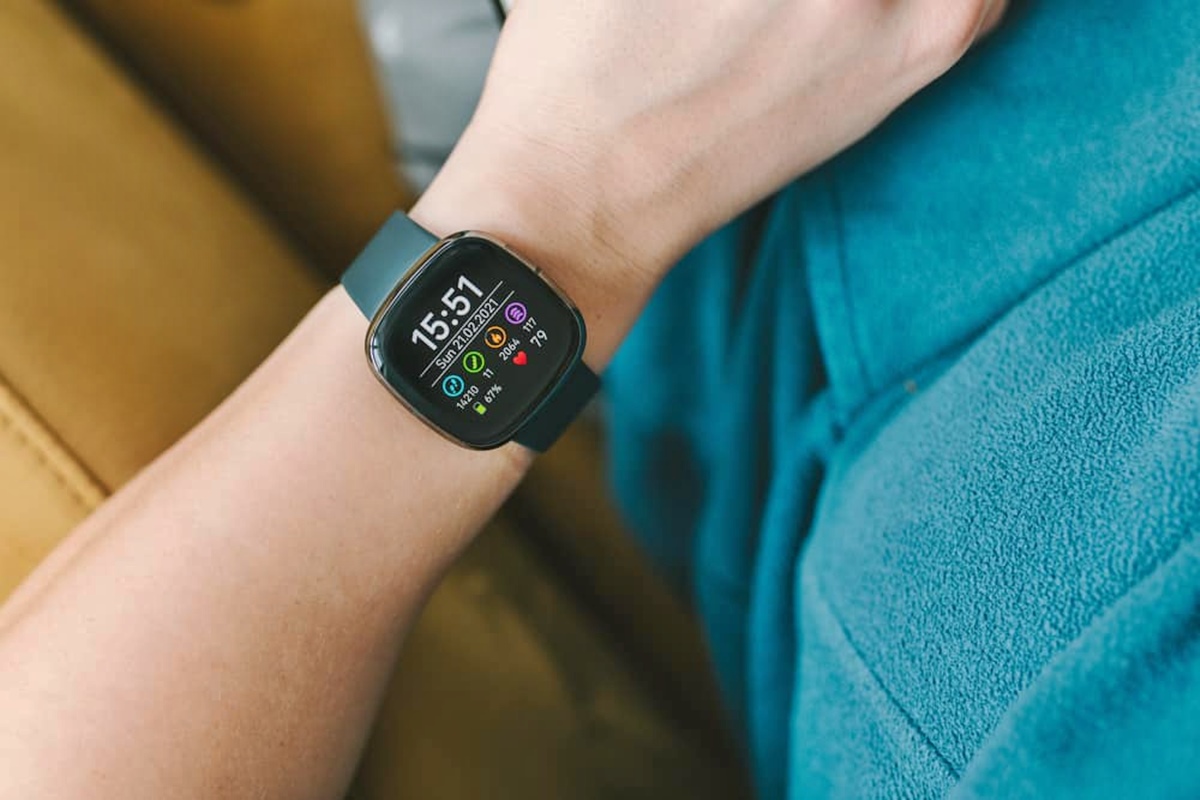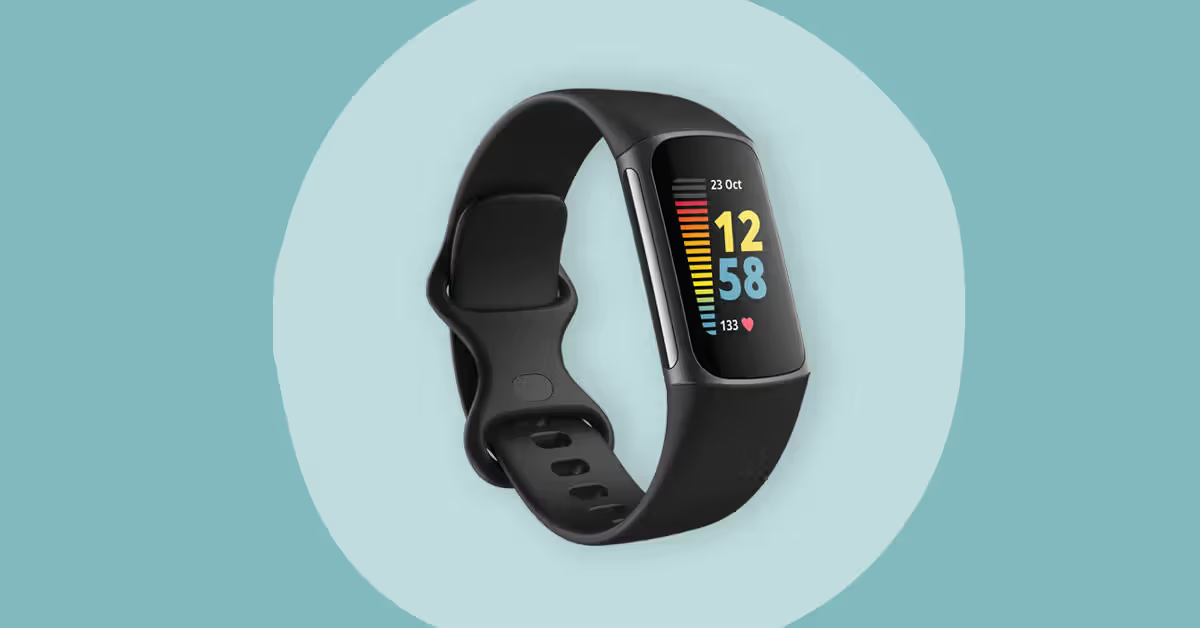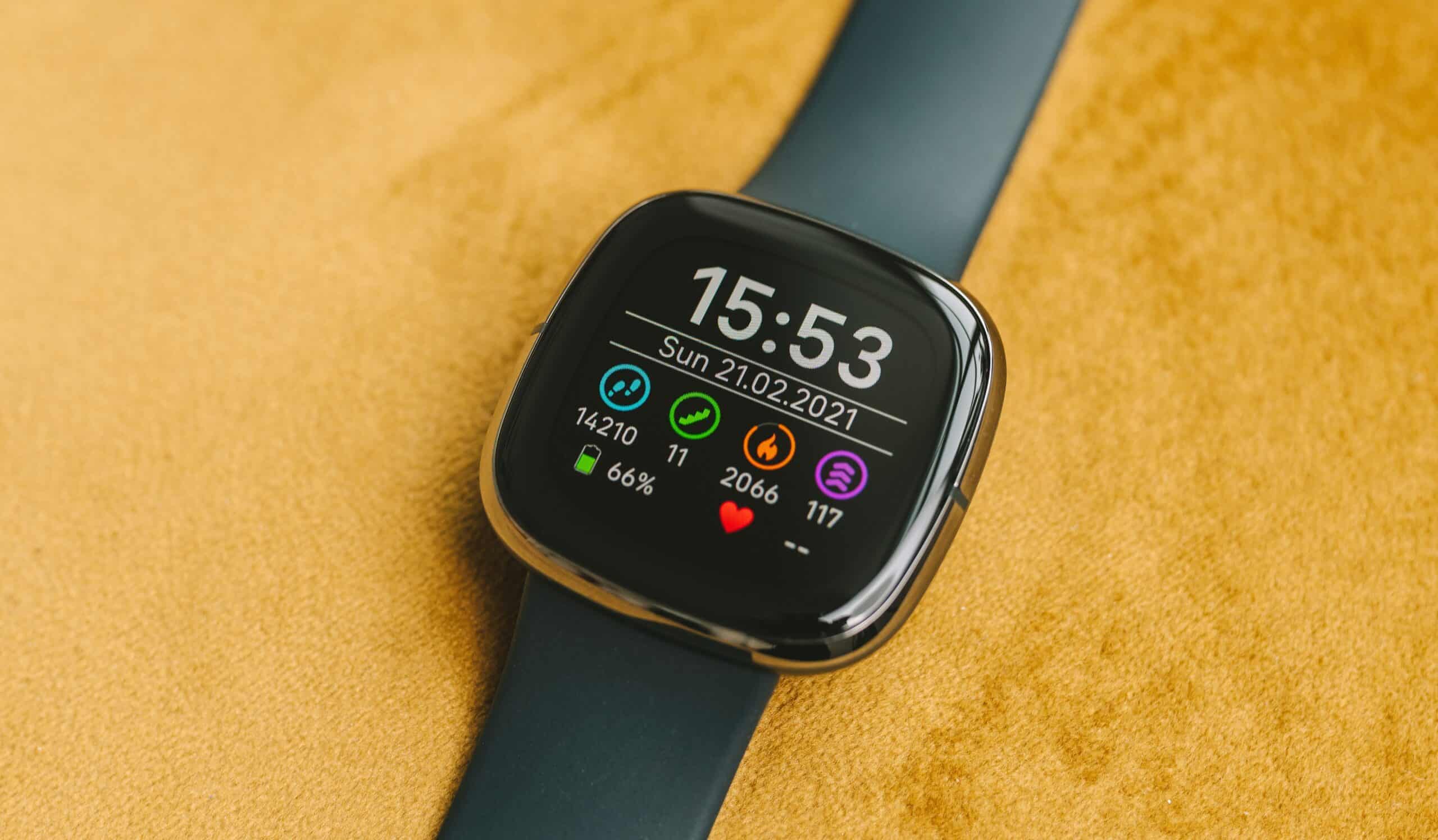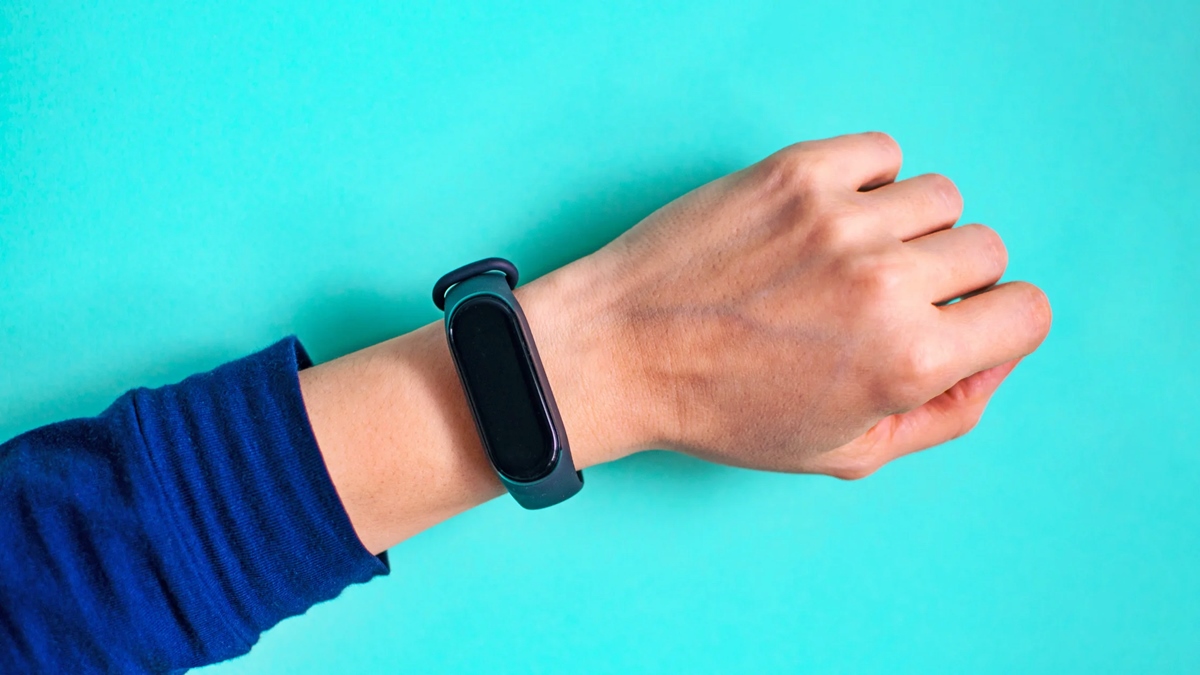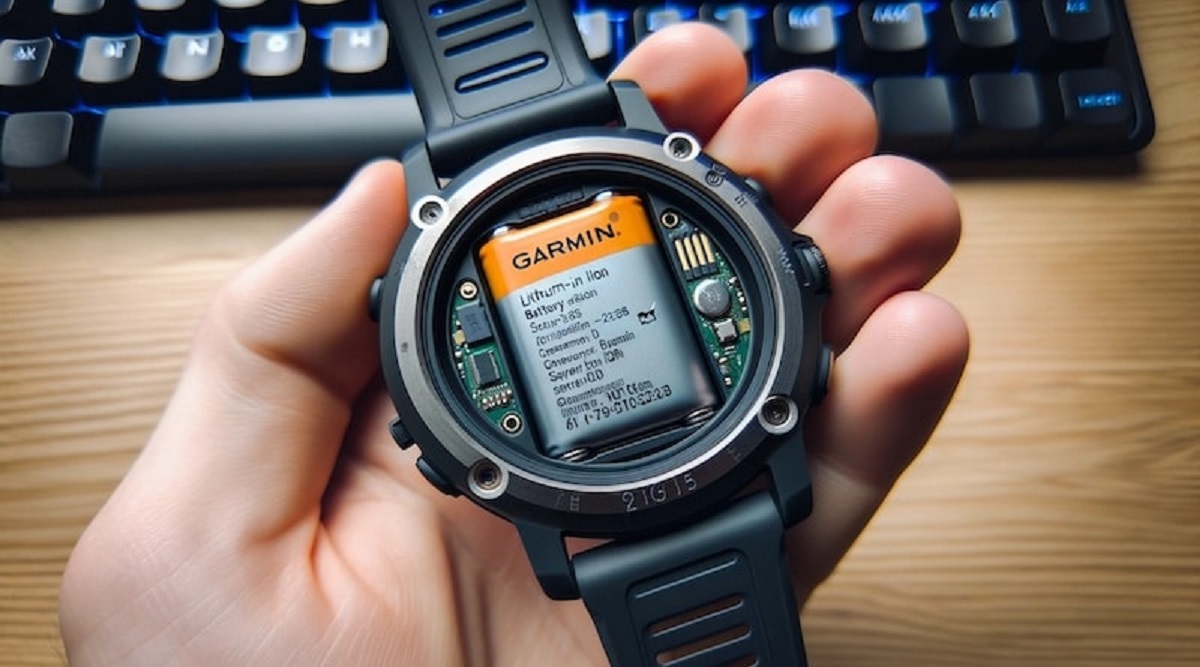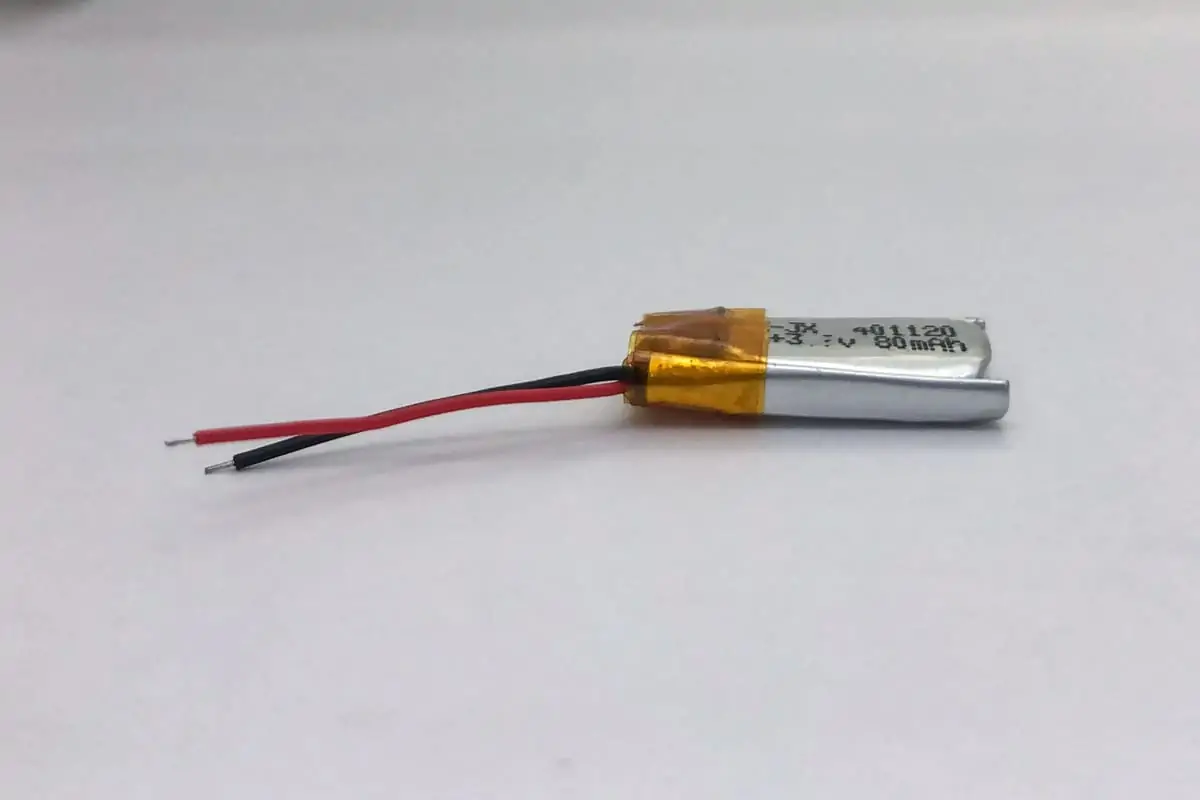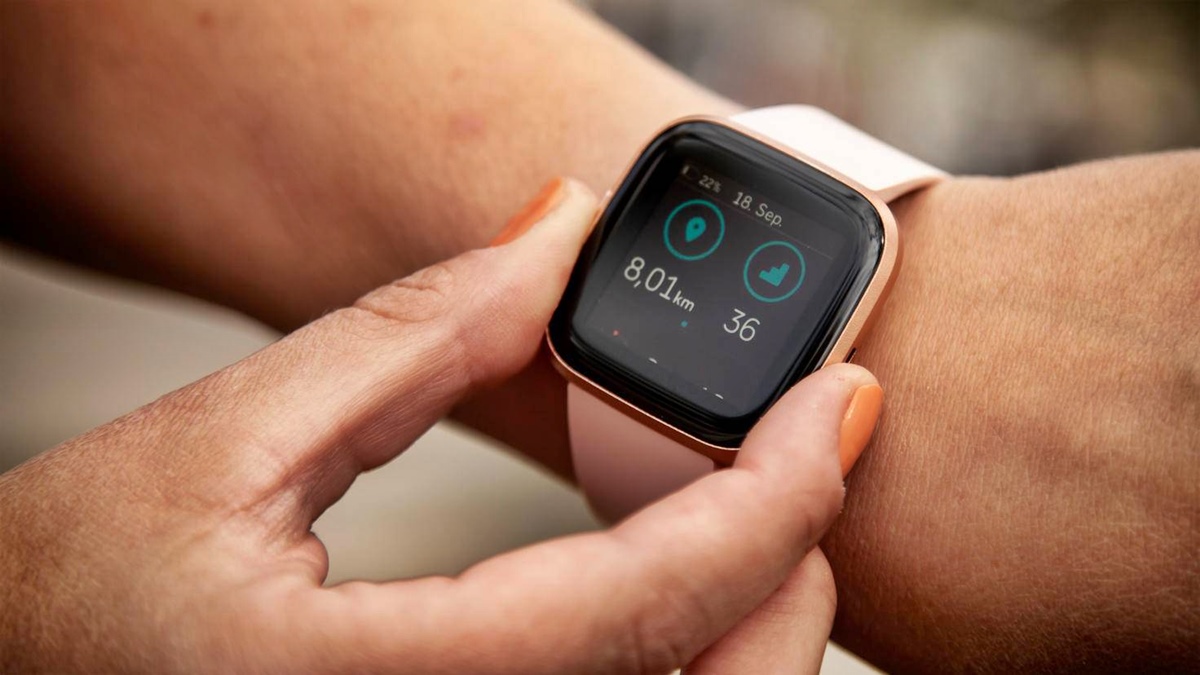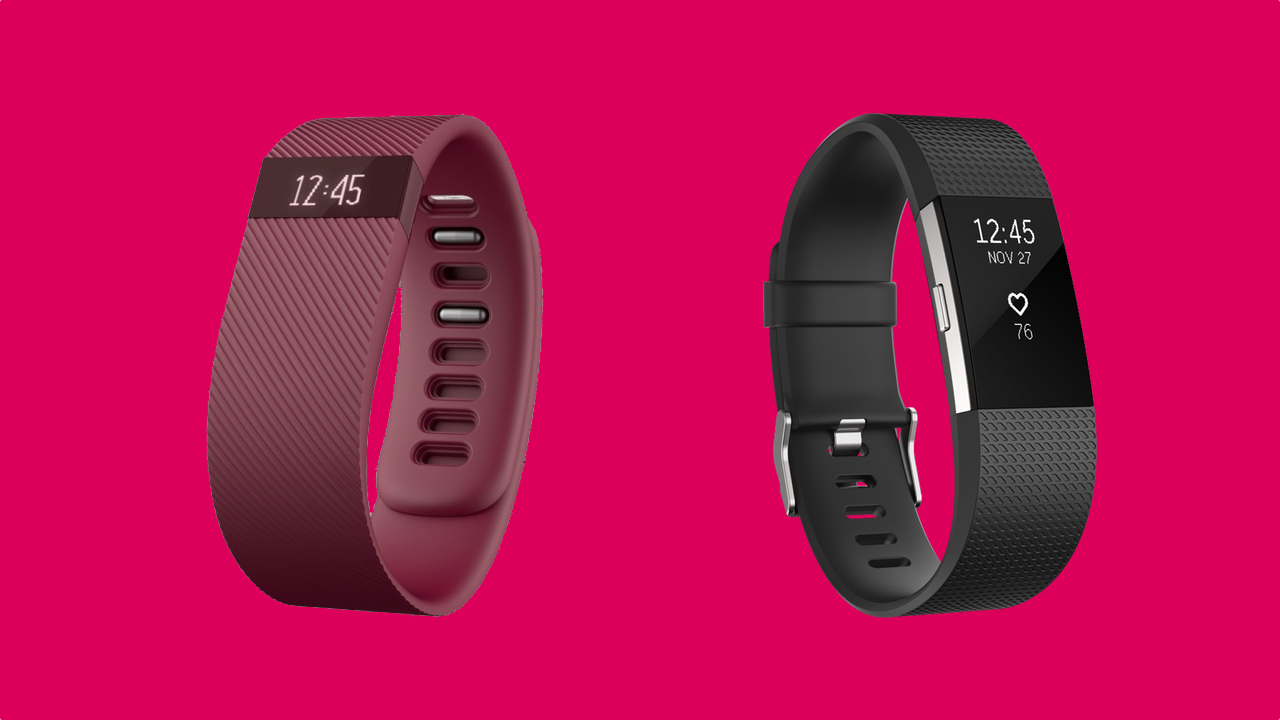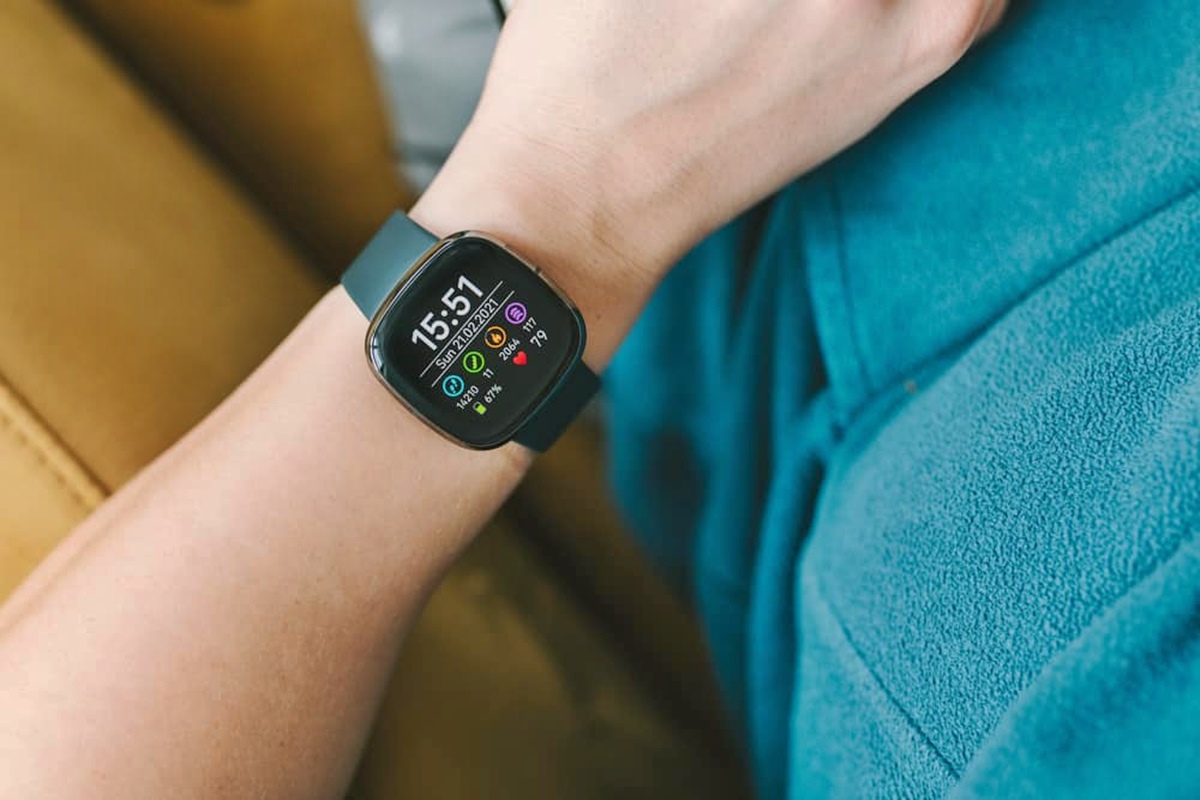Introduction
The rapid evolution of wearable technology has revolutionized the way we monitor and improve our health and fitness. Fitbit, a leading brand in the wearable industry, has gained widespread popularity for its innovative fitness trackers and smartwatches. These devices have become indispensable tools for individuals striving to lead healthier lifestyles by tracking their physical activity, sleep patterns, and overall wellness. However, the effectiveness of these devices heavily relies on the longevity of their battery life.
Understanding the lifespan of a Fitbit battery is crucial for users who rely on these devices to track their daily activities. A Fitbit's battery lifespan refers to the duration for which the battery can retain its charge and power the device. This directly impacts the convenience and usability of the Fitbit, as a longer battery life allows for uninterrupted tracking and monitoring of health metrics.
In this article, we will delve into the factors that influence the battery lifespan of Fitbit devices, explore methods for estimating the expected duration of a Fitbit's battery life, and provide valuable tips for extending the longevity of the battery. By gaining insights into these aspects, Fitbit users can make informed decisions to optimize the performance and durability of their devices.
The battery lifespan of a Fitbit is a critical aspect that directly impacts the overall user experience. As such, understanding the factors influencing battery life and implementing strategies to maximize its longevity are essential for ensuring uninterrupted usage and reliable tracking of health and fitness metrics. Let's explore the key elements that contribute to the battery lifespan of Fitbit devices and discover effective ways to estimate and extend their durability.
Factors Affecting Fitbit Battery Lifespan
The battery lifespan of a Fitbit device is influenced by various factors that impact its overall performance and durability. Understanding these factors is crucial for users seeking to optimize the longevity of their Fitbit's battery. Let's delve into the key elements that affect the battery lifespan of Fitbit devices:
1. Device Model and Features
The specific model of a Fitbit device, along with its features and functionalities, significantly impacts its battery lifespan. Advanced models equipped with a wide array of sensors, GPS tracking, heart rate monitoring, and vibrant displays may consume more power, leading to a shorter battery lifespan compared to simpler models with basic tracking capabilities.
2. Usage Patterns
The frequency and intensity of usage play a pivotal role in determining the battery lifespan of a Fitbit. Continuous use of features such as heart rate monitoring, GPS tracking, and frequent syncing with smartphones can expedite battery drainage. Additionally, extended usage of backlighting and notifications can contribute to a faster depletion of the battery.
3. Charging Practices
The charging habits of Fitbit users can impact the overall lifespan of the device's battery. Overcharging or frequently letting the battery drain to extremely low levels can negatively impact its long-term performance. Adhering to recommended charging practices, such as avoiding overcharging and ensuring regular but moderate charging cycles, can help maintain the battery's health and longevity.
4. Environmental Factors
Environmental conditions, such as temperature and humidity, can influence the efficiency of a Fitbit's battery. Exposure to extreme temperatures, especially high heat, can accelerate the degradation of the battery, leading to a shorter lifespan. Similarly, excessive moisture or humidity can impact the battery's performance over time.
5. Firmware Updates
The firmware and software updates released by Fitbit can have implications for the battery lifespan of the devices. While updates often include optimizations for power management and efficiency, some updates may inadvertently impact the battery performance. Staying informed about the impact of firmware updates on battery life is essential for Fitbit users.
6. Battery Health and Age
Over time, the overall health and age of the battery within a Fitbit device can naturally impact its lifespan. As the battery undergoes repeated charging cycles, its capacity and efficiency may diminish, leading to a gradual reduction in the device's battery lifespan.
By understanding these factors, Fitbit users can proactively manage their device usage and charging practices to optimize the battery lifespan. Additionally, staying informed about the impact of firmware updates and being mindful of environmental conditions can contribute to maximizing the durability of the Fitbit's battery.
This comprehensive understanding of the factors influencing Fitbit battery lifespan empowers users to make informed decisions and adopt practices that promote long-lasting battery performance, ensuring uninterrupted tracking and monitoring of their health and fitness metrics.
Estimating Fitbit Battery Lifespan
Estimating the lifespan of a Fitbit's battery involves considering various factors to gauge the expected duration for which the device can retain its charge. While the exact lifespan can vary based on individual usage patterns and environmental conditions, there are methods to estimate the battery longevity effectively.
1. Manufacturer's Specifications
Fitbit provides detailed information regarding the expected battery lifespan for each device model. By referring to the manufacturer's specifications and product documentation, users can gain insights into the estimated duration for which the battery is designed to operate optimally. This serves as a baseline for understanding the typical lifespan of the Fitbit's battery under standard usage conditions.
2. Usage Patterns and Tracking
Analyzing personal usage patterns and the frequency of utilizing various features can provide a practical estimation of the battery lifespan. For instance, users who extensively rely on continuous heart rate monitoring, GPS tracking, and frequent syncing with smartphones may experience a shorter battery lifespan compared to those who use the device more sparingly. By evaluating the intensity and duration of usage, individuals can gauge the expected battery longevity based on their specific tracking habits.
3. Battery Health Monitoring
Fitbit devices often feature battery health monitoring functionalities that provide insights into the current state of the battery. By accessing the device settings or companion mobile applications, users can review the battery's health status, including its current capacity and performance. Monitoring the battery health over time enables users to estimate the gradual decline in the battery's efficiency and project its remaining lifespan accordingly.
4. Environmental Impact
Considering the environmental factors that influence the Fitbit's battery performance is crucial for estimating its lifespan. Environmental conditions such as temperature, humidity, and exposure to extreme elements can impact the battery's efficiency and overall longevity. By assessing the typical environmental conditions in which the Fitbit is used, users can anticipate the potential impact on the device's battery lifespan.
5. Firmware Updates and Optimizations
Fitbit periodically releases firmware updates that may include optimizations for power management and battery efficiency. Staying informed about the impact of firmware updates on the device's battery performance is essential for estimating its lifespan. Users can evaluate the historical impact of firmware updates and anticipate potential changes in battery longevity following future updates.
By considering these factors and leveraging the available resources provided by Fitbit, users can effectively estimate the expected lifespan of their device's battery. This proactive approach enables individuals to make informed decisions regarding their usage patterns, charging practices, and environmental considerations, ultimately contributing to the optimized performance and longevity of the Fitbit's battery.
Tips for Extending Fitbit Battery Lifespan
Extending the battery lifespan of a Fitbit device is a priority for users seeking prolonged usage and reliable tracking capabilities. Implementing effective strategies to optimize the battery's longevity is essential for ensuring uninterrupted performance. Here are valuable tips for extending the Fitbit battery lifespan:
-
Optimize Feature Usage: Consider selectively enabling features based on your specific tracking needs. For instance, if continuous heart rate monitoring is not essential during certain activities, temporarily disabling this feature can conserve battery power and extend the overall lifespan.
-
Customize Notifications: Tailor notification settings to minimize unnecessary alerts and vibrations. By reducing the frequency of notifications, users can conserve battery power, leading to extended usage between charges.
-
Manage Display Brightness: Adjust the display brightness to an optimal level that ensures visibility while minimizing excessive power consumption. Lowering the brightness can significantly contribute to conserving battery life, especially for devices with vibrant displays.
-
Regular Software Updates: Stay updated with the latest firmware releases from Fitbit, as these updates often include optimizations for power management. By ensuring that the device operates on the latest software version, users can benefit from enhanced battery efficiency and longevity.
-
Mindful Charging Practices: Adhere to recommended charging practices to maintain the battery's health. Avoid overcharging the device and aim to maintain moderate charging cycles, which can contribute to prolonging the overall lifespan of the battery.
-
Environmental Awareness: Be mindful of environmental conditions that can impact the battery's performance. Avoid exposing the Fitbit to extreme temperatures and excessive moisture, as these factors can accelerate battery degradation and shorten its lifespan.
-
Utilize Battery-Saving Modes: Take advantage of battery-saving modes, if available, to optimize power consumption during periods of inactivity or low usage. These modes often disable non-essential features, conserving battery power for prolonged usage.
-
Battery Health Monitoring: Regularly monitor the battery health through the device settings or companion mobile applications. By staying informed about the battery's current capacity and performance, users can proactively manage its health and anticipate any decline in longevity.
By incorporating these tips into daily usage and maintenance practices, Fitbit users can effectively extend the battery lifespan of their devices. These proactive measures not only contribute to prolonged battery performance but also ensure consistent and reliable tracking of health and fitness metrics, enhancing the overall user experience.
Conclusion
In conclusion, the battery lifespan of a Fitbit device is a crucial aspect that significantly impacts the overall user experience and functionality. By understanding the diverse factors that influence battery longevity, users can proactively manage their device usage and implement effective strategies to optimize the battery lifespan.
The culmination of various elements, including the device model and features, usage patterns, charging practices, environmental conditions, firmware updates, and battery health, collectively shapes the expected lifespan of a Fitbit's battery. These factors provide valuable insights into estimating the battery longevity and enable users to make informed decisions regarding their usage habits and maintenance practices.
Furthermore, the proactive approach to estimating and extending the Fitbit battery lifespan empowers users to optimize the performance and durability of their devices. By leveraging the manufacturer's specifications, monitoring usage patterns, assessing battery health, considering environmental impact, and staying updated with firmware optimizations, individuals can effectively gauge the expected battery lifespan and implement measures to prolong its longevity.
The provided tips for extending Fitbit battery lifespan offer practical and actionable strategies for users to maximize the performance and usage duration of their devices. By customizing feature usage, managing notifications, optimizing display brightness, adhering to mindful charging practices, and staying environmentally aware, users can significantly contribute to extending the overall battery lifespan.
In essence, the comprehensive understanding of Fitbit battery lifespan and the implementation of proactive measures not only ensure prolonged usage and reliable tracking capabilities but also enhance the overall user experience. By prioritizing the optimization of battery longevity, Fitbit users can seamlessly integrate their devices into their daily lives, benefiting from uninterrupted health and fitness tracking while enjoying extended usage between charging cycles.
Ultimately, the ability to estimate, manage, and extend the battery lifespan of Fitbit devices empowers users to derive maximum value and utility from their wearable technology, fostering a seamless and enriching experience in their pursuit of health and fitness goals.







